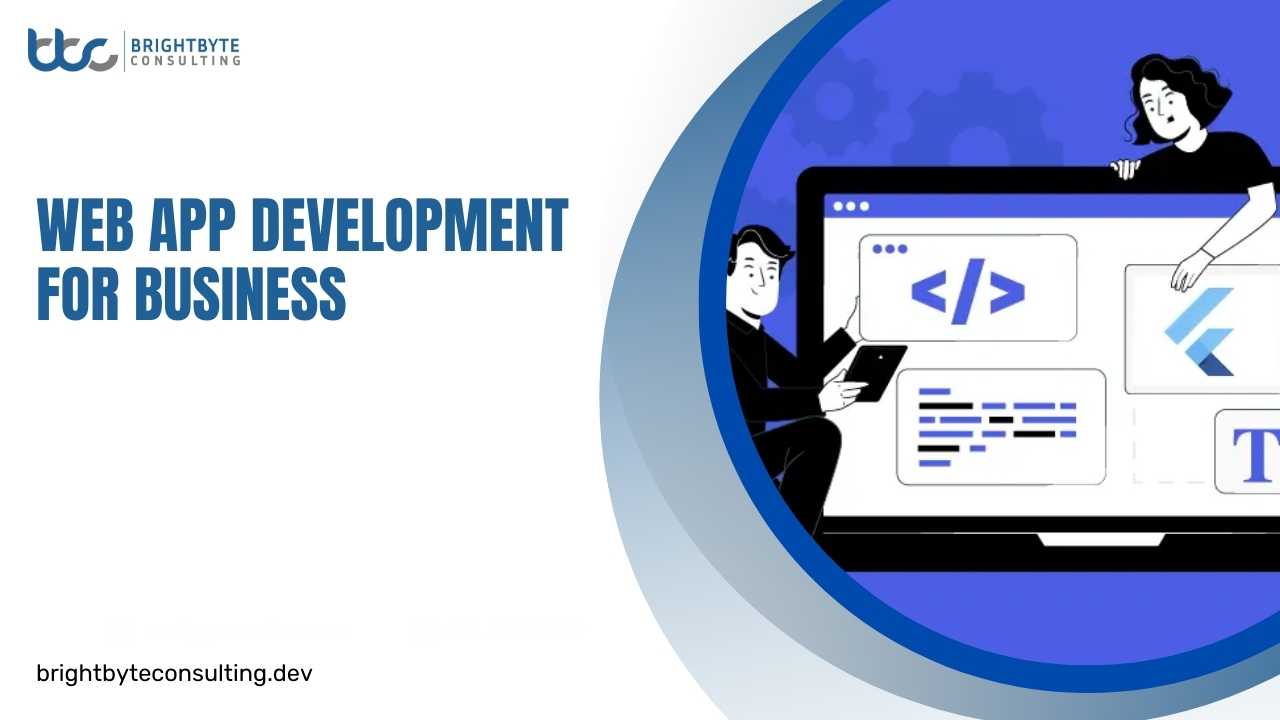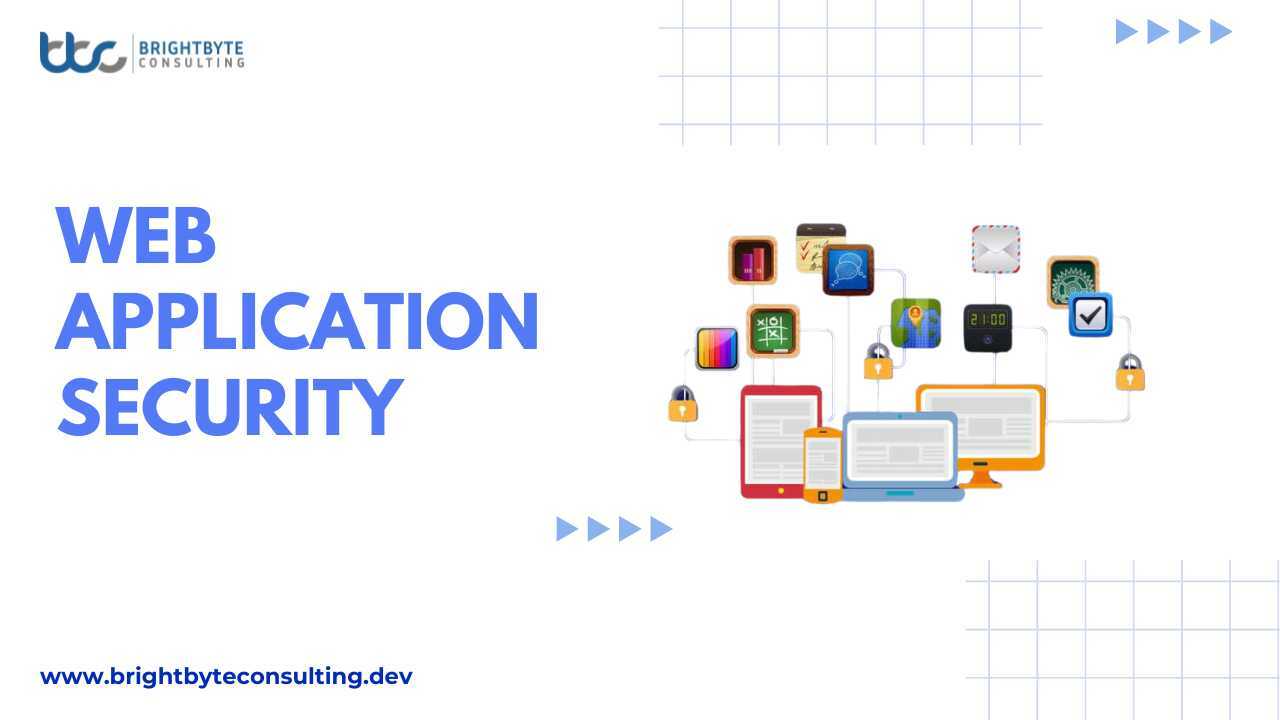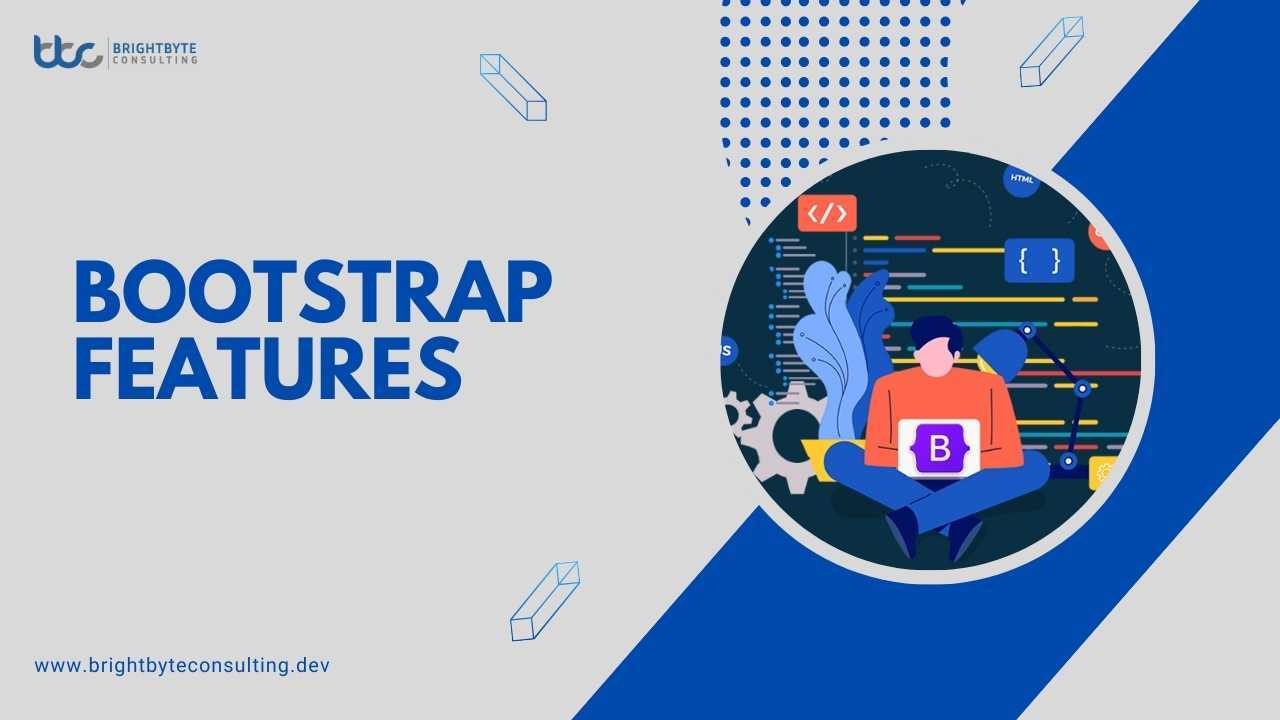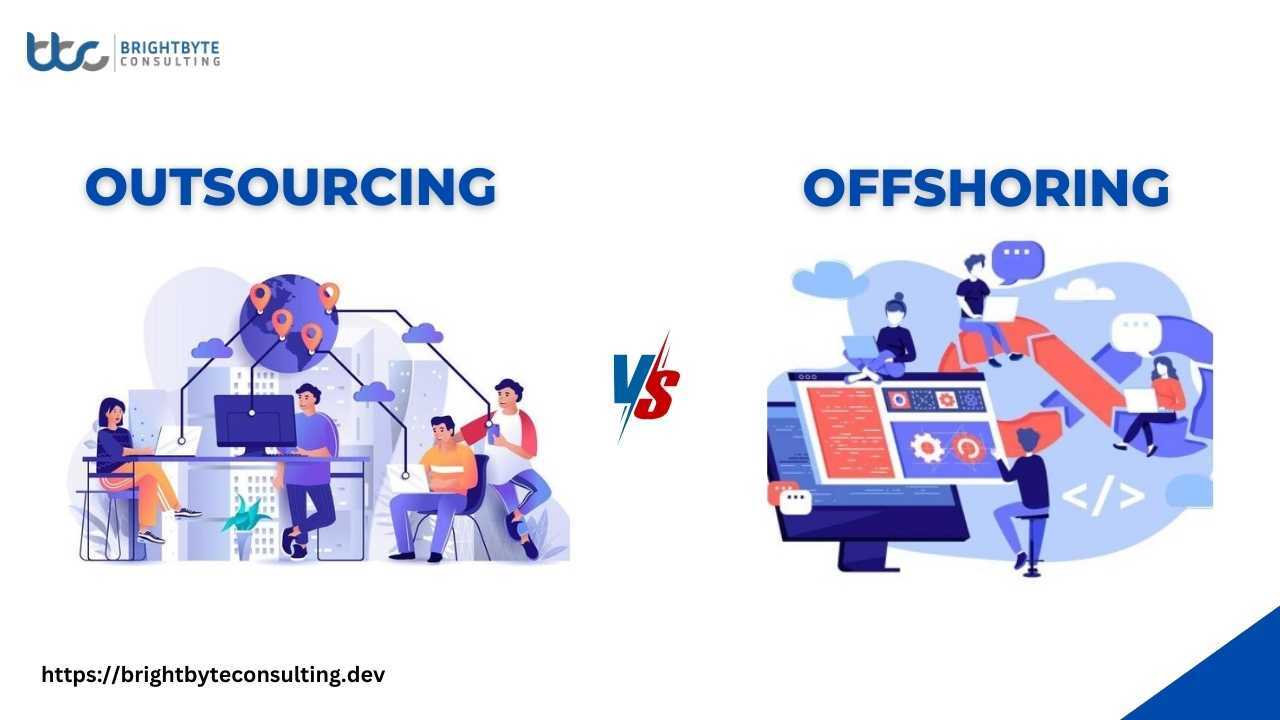In today’s digital age, web applications have become integral to the functioning of businesses across industries. From e-commerce platforms to productivity tools and social media networks, web apps play a vital role in delivering services, engaging users, and driving revenue. In this article, we’ll explore the landscape of web app development, discussing key concepts, technologies, and best practices that businesses should consider when embarking on their web app development journey.
Understanding Web App Development
Web application development involves the creation of dynamic, interactive software applications accessed through web browsers. Unlike traditional desktop applications, web apps are hosted on remote servers and accessed over the internet, making them accessible from any device with a web browser. This architecture offers numerous advantages, including cross-platform compatibility, ease of deployment, and seamless updates.
Key Components of Web App Development
Frontend Development
The frontend of a web app refers to the user interface (UI) and user experience (UX) components that users interact with. Frontend development involves coding in languages such as HTML, CSS, and JavaScript to create visually appealing and responsive interfaces. Frameworks like React, Angular, and Vue.js are commonly used to streamline frontend development and enhance interactivity.
Backend Development
The backend of a web app consists of server-side logic, databases, and application logic responsible for processing requests, managing data, and generating dynamic content. Backend development often involves using programming languages like Python, Node.js, or PHP, along with frameworks such as Express.js, Django, or Laravel to build robust and scalable backend systems.
Database Management
Databases play a crucial role in storing and managing application data. Depending on the requirements of the web app, developers may choose relational databases like MySQL or PostgreSQL for structured data or NoSQL databases like MongoDB or Firebase for unstructured or semi-structured data. Proper database design and optimization are essential for ensuring performance, scalability, and data integrity.
Security Measures
Security is paramount in web app development to protect sensitive user data and prevent unauthorized access or cyber attacks. Developers must implement security best practices such as encryption, authentication, and authorization mechanisms to safeguard against common threats like SQL injection, cross-site scripting (XSS), and cross-site request forgery (CSRF).
Testing and Quality Assurance
Thorough testing is essential to ensure the reliability, functionality, and performance of a web app. Developers employ various testing methodologies, including unit testing, integration testing, and end-to-end testing, to identify and address bugs and inconsistencies. Automated testing frameworks like Jest, Selenium, and Cypress can streamline the testing process and improve overall code quality.
Web App Development Process
Developing a web application involves several steps, each with its own tasks and considerations. Here’s a simplified breakdown of the process:
- Understanding Needs: Figure out what the project aims to achieve and gather requirements from the people involved.
- Planning: Make a plan that outlines what needs to be done, how long it will take, and what resources are needed.
- Designing: Create the look and feel of the web app, including how users will interact with it.
- Building the Front End: Develop the parts of the web app that users see and interact with, like buttons and menus.
- Building the Back End: Develop the behind-the-scenes part of the web app that handles data and logic.
- Setting Up the Database: Create a place to store and organize the app’s data.
- Integrating Services: Add any extra features or tools that the app needs, like payment processing or maps.
- Testing: Check that everything works as expected and fix any problems.
- Launching: Put the web app live for people to use.
- Maintaining and Updating: Keep the web app running smoothly and up-to-date, fixing any issues that arise and adding new features as needed.
- Documenting and Training: Create guides and provide support to help users understand and use the web app.
- After Launch: Promote the web app and gather feedback to make it even better over time.
Throughout the process, it’s important to communicate and work together to ensure the web app meets everyone’s needs and works well for users.
Best Practices in Web App Development
Responsive Design
Designing web apps with responsive layouts ensures they adapt seamlessly to different screen sizes and devices, providing users with a consistent and optimized experience across platforms.
Performance Optimization
Optimizing web app performance involves minimizing page load times, reducing server response times, and optimizing asset delivery. Techniques such as code minification, image compression, and caching can significantly improve performance and user satisfaction.
Scalability and Flexibility
Designing web apps with scalability in mind allows them to handle increasing user loads and data volumes without sacrificing performance. Utilizing cloud infrastructure, microservices architecture, and scalable databases can help accommodate growth and maintain responsiveness.
Accessibility
Ensuring web apps are accessible to users with disabilities is essential for promoting inclusivity and compliance with accessibility standards such as WCAG (Web Content Accessibility Guidelines). Incorporating features like keyboard navigation, screen reader compatibility, and semantic HTML markup improves accessibility for all users.
Importance Of Web App Development
The importance of web application development in today’s digital era cannot be overstated. Here’s why it matters:
- Global Access: Web apps can be accessed from anywhere with an internet connection, allowing businesses to reach a wider audience worldwide.
- Business Growth: They help businesses expand their reach and introduce new services, fostering innovation and competitiveness.
- User-Friendly Experience: Well-designed web apps offer an easy and pleasant experience for users, boosting engagement and loyalty.
- Efficiency: Web apps automate tasks like data entry and processing, saving time and resources for businesses.
- Cost Savings: They’re often cheaper than traditional software since they don’t require individual installations and updates on each device.
Conclusion
Web app development is a dynamic and evolving field that requires a combination of technical expertise, creativity, and user-centric design principles. By leveraging the right technologies, following best practices, and prioritizing user experience and security, businesses can develop high-quality web applications that drive engagement, foster loyalty, and achieve their strategic objectives in today’s digital landscape.
FAQs
What is web app development?
Answer: Web app development involves creating interactive software applications accessed through web browsers, allowing users to perform various tasks and access services online.
What are the key steps in web app development?
Answer: The main steps include requirement gathering, planning, design, front-end development, back-end development, database setup, integration, testing, deployment, maintenance, and updates.
What programming languages and technologies are commonly used in web app development?
Answer: HTML, CSS, and JavaScript are commonly used for front-end development, while languages like Python, PHP, and Node.js are used for back-end development. Frameworks like React, Angular, and Vue.js are also popular for building dynamic web applications.
How long does it take to develop a web app?
Answer: The development timeline varies depending on the complexity of the project, the size of the development team, and other factors. Simple web apps may take a few weeks to develop, while more complex projects can take several months or longer.
How do I ensure the success of my web app development project?
Answer: Success in web app development requires thorough planning, clear communication with stakeholders, adherence to best practices, regular testing, and ongoing maintenance and updates to address user feedback and evolving needs.











